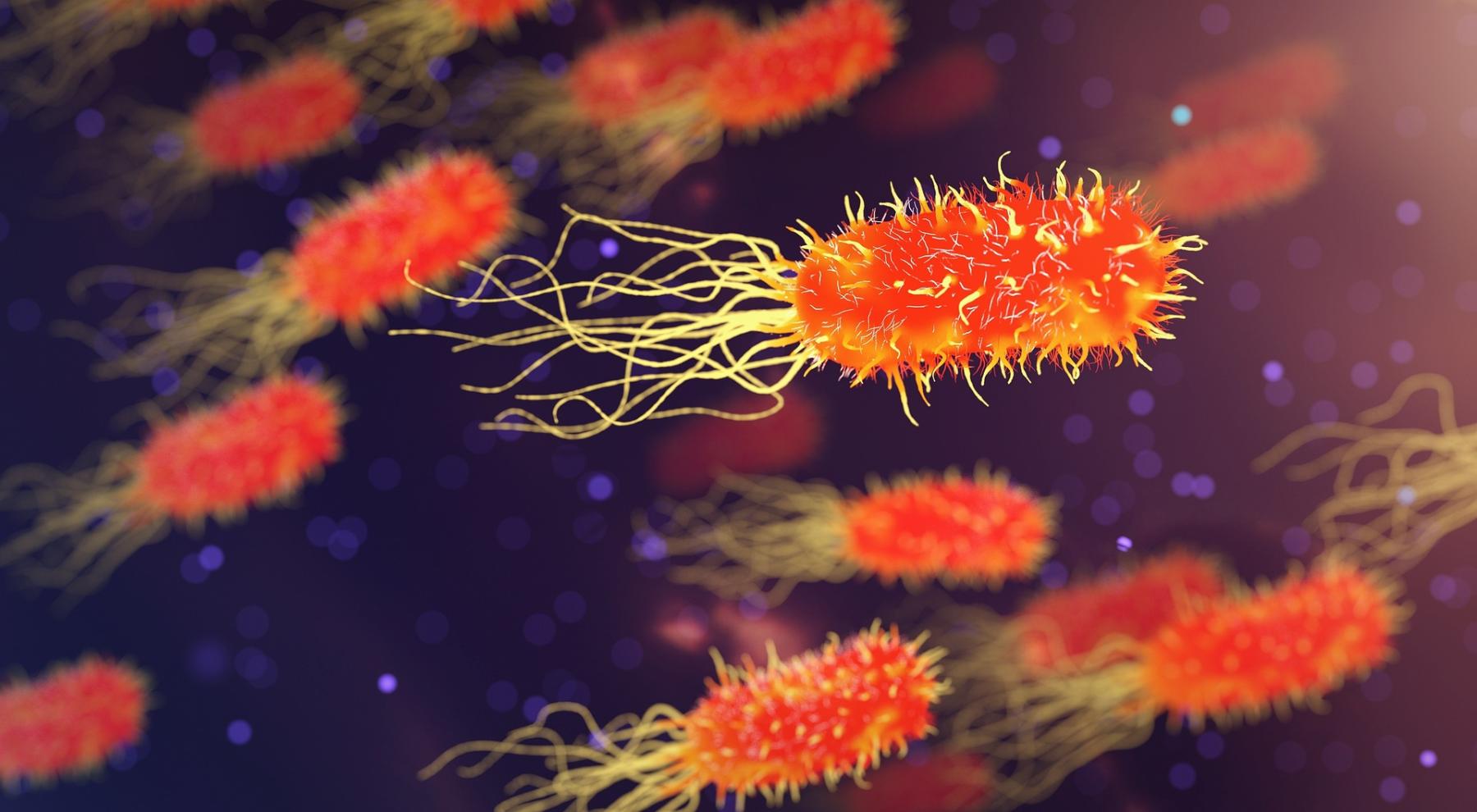
Microbial Serial Dilutions
by Cynthia Bujanda
This lesson is part of a project to isolate bacteria from soil and test it for antibiotic activity. This can be the start of the project or you can do lesson 1 soil microbes first. Though you do have to do this step before proceeding with the other lessons. This project is a real research experience for students and can be modified so students ask their own questions (example: change the type of soil). This lesson is based on the Tiny Earth project. Duration is of three days and students work in groups. Teacher prep can be up to 4 hours in sterilizing equipment and materials for students.
Lesson Plan Link/URL
https://docs.google.com/presentation/d/123Ou8uv65brBuXuRS0x8R6jutQIZzXpE/edit?u…Subject Area
Science Life Science L1: Cells Technology Mathematics Operations and Algebraic Thinking (OA)
Featured
Off
Related Content

Grades:
9th Grade, 10th Grade, 11th Grade, 12th Grade
This STEM Argumentative Research Project engages students in exploring the scientific, ethical, and societal implications of themes in Mary Shelley's "Frankenstein." Students will work in groups to

Grades:
9th Grade, 10th Grade, 11th Grade, 12th Grade
This is a high school level project that covers food webs, nutrition cycling, and human intervention in ecosystems. This gives students a hands-on, real-world look at a water system in their backyard.

Grades:
8th Grade, 9th Grade, 10th Grade, 11th Grade, 12th Grade
Over the course of three class sessions, spanning 90 minutes each, students will engage in an immersive project focusing on the outdoor air quality prevalent in four states situated in the

